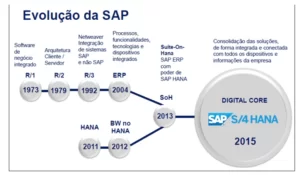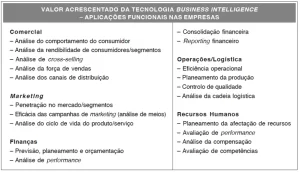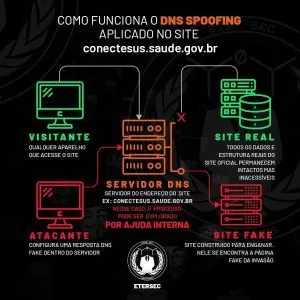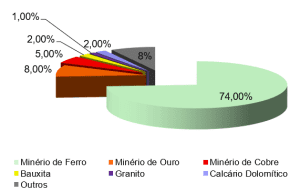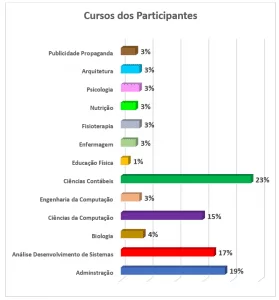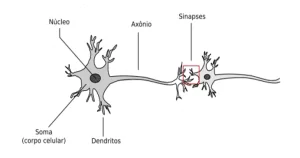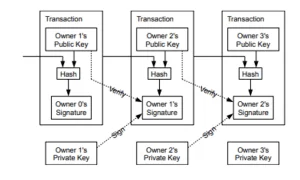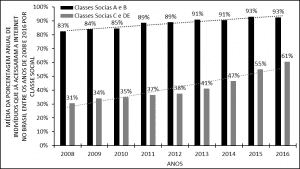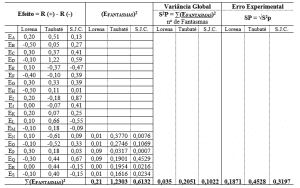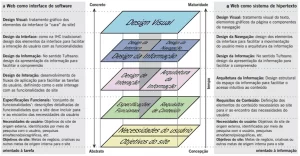SOARES, Jaqueline Kennedy. [1]
SOARES, Jaqueline Kennedy. Software defined radio: Research and verification tests on a free platform. Multidisciplinary Core scientific journal of knowledge. Year 1. Vol. 8. pp. 228-244. September 2016. ISSN. 2448-0959
SUMMARY
In order to aim to describe the main concepts about Software-Defined Radios, in order to obtain a better understanding of the technology discussed, were carried out research and analyses, and considered some limitations. Describing extensive favorable benefits to developers of systems, such as the possibility to effect changes in the structure of a radio frequency equipment without the requirement to modify the hardware, being modified only through a graphical interface or by Exchange of program lines, is a project that offers low cost of implementation, hardware size reduced flexibility in the system, as well as the ease and speed in your implementation. Its limitations are restricted in two components, processors for their advanced performance and analog-to-digital converters and digital-to-analog for having their outdated technology. For a better understanding on the implementation of the technology will be presented the functioning of an open source platform.
Keywords: open source; analog-digital; graphical interface; Software-defined radios.
1. Introduction
In the pursuit of technological advancement, the various fields of activity of the adaptation and fitness focused telecommunications equipment directly linked with radio reception frequency. In order to let them faster, smaller, better quality and lower cost. Of the above, the improvement in other technological areas initiated studies and analysis in Software-Defined Radio (RDS), which requires researchers and scholars to decrease equipment hardware, without damage to the RDS system, in case of changes in some of its modules.
The RDS is able to process the signal captured in a transmission with the implementation of a radio hardware through software, and may be able to run the transmission within a processor or computer, requiring only the receiving antenna. However, the above-mentioned technology brings some limitations, which will be addressed in the course of the work, as well as their possible solutions.
A RDS search three main features: Reconfigurability: ability to change the operation of the radio; Flexibility: Accept, without changes in radio architecture, all the Reconfigurability applied and Modularity: the parts that define the system are performed in separate modules. (BARROS, 2007)
Consisting of software and digital signal processing-based RDS consists in its physical layer blocks implemented in software, that is, for a radio that to meet demands not anticipated in the design of a system, you have the possibility to implement new features. Of the above, many scholars have begun to open source for the implementation of a RDS, which facilitates the absorption of concepts in this new technology be implemented in a graphical interface.
2. History
In 1984 1 Texas team Garland Division of E-Systems Inc., now known as Raytheon, founded the term "Software defined radio" which was developed by E-System, responsible for popularising the Software defined radio in various government agencies. This radio was created as a digital base band receiver and demodulation for broadband signals, with the possibility of cancellation of interference. Used multiple array processors and total access to shared memory, even with thousands of adjustments and filters. In 1988 the software defined radio transceiver was first designed in Germany by Helmuth Lang and Peter Hoeher, the German Aerospace Research Establishment. Responsible for adopting the theme Software Defined Radio (1991) and published his first work on the mentioned theme was Joseph Mitola in 1992.
Since the end of 1970 the software defined radio has its origins in the defence sector, in Europe and in the USA (United States of America), country where you have obtained one of the first initiatives published, project created by the U.S. military, called SpeakEasy. The main objectives of this project was to incorporate, easily in the future, new standards of coding and modulation, rhythm stability in military communications, with advances in the mentioned standards, which allowed the use of the SpeakEasy, a programmable processing able to match more than 10 military radios operating in frequency bands between 2 and 2000 MHz.
3. Concept and creation of the rds
It is important to vary the RDS the radio controlled by software. The functions consist of hardware and monitored by programme in radio controlled by software.
The design is very different from the RDS radios that are controlled by software, as these require adjustments in regards to hardware changes in interfaces based on software, serving only as an interface for settings in the hardware itself. Already the RDS ideal, for being a radio where his modulation is set in software, gets all of its signal processing done through software. In Figure 1 below, you can see that only at the end of the antenna's capture which is done scanning.
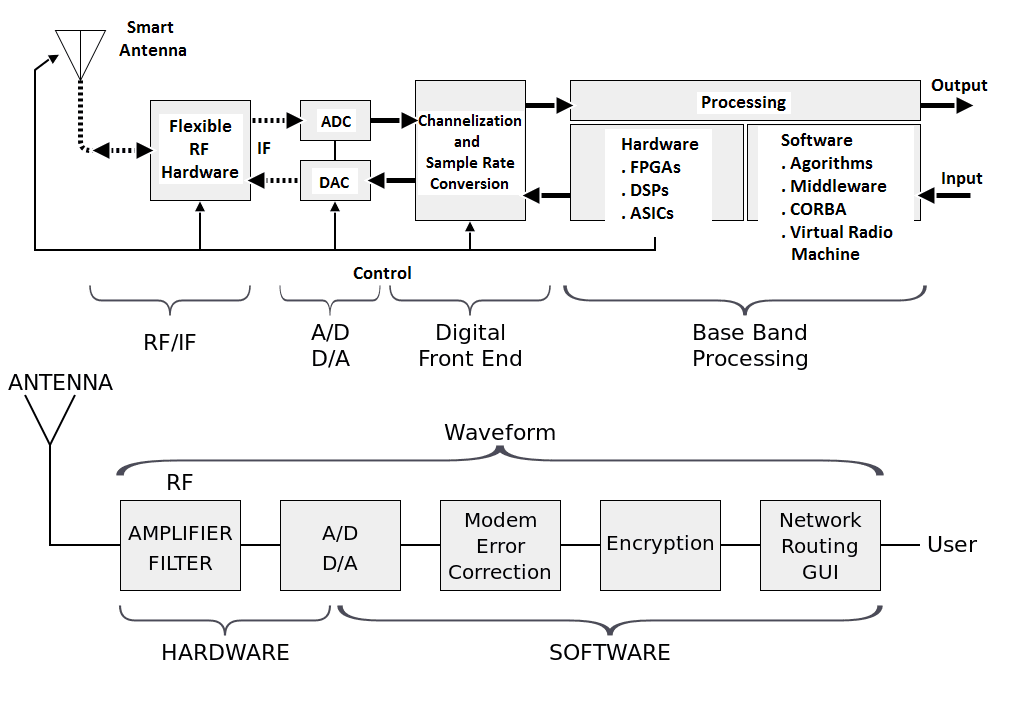
Against the exposed this technology has as main objective the reduction of processing in hardware, requiring only a simple update of your software, though he is a radio transceiver that is based for its operation to its implementation through a software.
3.1 Applications
For being a technology applicable in a number of areas, the RDS features are required for the systems third generation mobile telephony, both in the commercial as in Government communications systems, civilian and military. Its advantages are becoming increasingly complex while requiring a wide connection between the old and new systems.
Telecommunications operators are also espousing the use of Software defined radio, aimed at reducing costs, including mobile SDR towers already exist that performs all the processing of data in cloud servers, reducing energy consumption and moving towards the implementation of the functionality via software, running in places conducive to updates of network functions. Some companies make use of technology by developing their own receivers for use as maritime navigation and amateur radio. It is possible that the frequency is tuned in different parts of the world, through amateur radio groups that make use of SDR receivers that are connected to the Internet, what the justification for buying their own SDRs.
What was once seen as a hindrance to the use and Software Defined Radios in present-day reality offers multiple facilities like the amount of commercials available on the market and even free. As well as the diversity of free software modules.
Because the amount of academic and commercial platforms offer the ability to implementation of 3 g (third generation), is of paramount importance to stress that the capacity of the 2 g (second-generation) should be applied in systems involving 3 g, as in transition infrastructure RDS architecture. For being a technology filled with applications. In a Software defined radio is necessary to meet the cost and capacity aspects, regarding the performance, complexity, size, power consumption and weight.
The applications of a RDS makes it more popular and dominant, considering the increase of the quantity of products which accept and need your technology. As in military applications that already require radio programs to achieve a communication platform, through branches, services and tactical operations with various purposes.
4. Advantages and disadvantages of rds
Although present numerous advantages, the RDS has some disadvantages, there is a need to evaluate thoroughly their use, comparing each project to a pure integrated circuit. Table 1 below lists some advantages and disadvantages of using a Software defined radio.
Table 1. Advantages and disadvantages of RDS.
| ADVANTAGES | DISADVANTAGES |
| Use of higher abstraction levels: most programmable hardware architectures provides a group of programming interfaces, which increases the independence of hardware compared to the software. The compilers, middleware and operating systems with higher levels of abstraction, are able to generate better code and perform optimization methods, with more agility and reliability | Interoperability issues: interoperability of convergent networks can be intensified with the proliferation of different implementations, leading into an access point working with unknown packages. |
| Reuse of hardware: offers the implementation in software, various specificities through programmable hardware, allow also a chip can be reprogrammed on demand. | Lower performance: delays may occur in the processing unit of a programmable device, due to its power-sharing be divided into many tasks of communication or not, which also reduces the effective processing capacity. The implementation of a multitude of layers of software increases the additional processing cost, causing a reduction in the final performance. |
| Evolutionary devices: allows the equipment to receive new features or bug fixes and that it can be updated whenever new standards are released. | Largest area of circuit and high energy: requires more logic gates, by using programmable implementation. |
| Accurate communication protocols of application: uses geo-referenced 3D identifiers, or data-centric networks, using optimized protocols in the application and provides QoS parameters, filtering ports and addresses. | Safety: the fact still exists with transceivers the functionality implemented in hardware, modification is impossible without physical access to the hardware, which carries to security flaws appear at levels well below the protocols and easily to be executed remotely. |
Consisting of software and digital signal processing-based RDS consists in its physical layer blocks implemented in software, that is, for a radio that to meet demands not anticipated in the design of a system, you have the possibility to implement new features.

